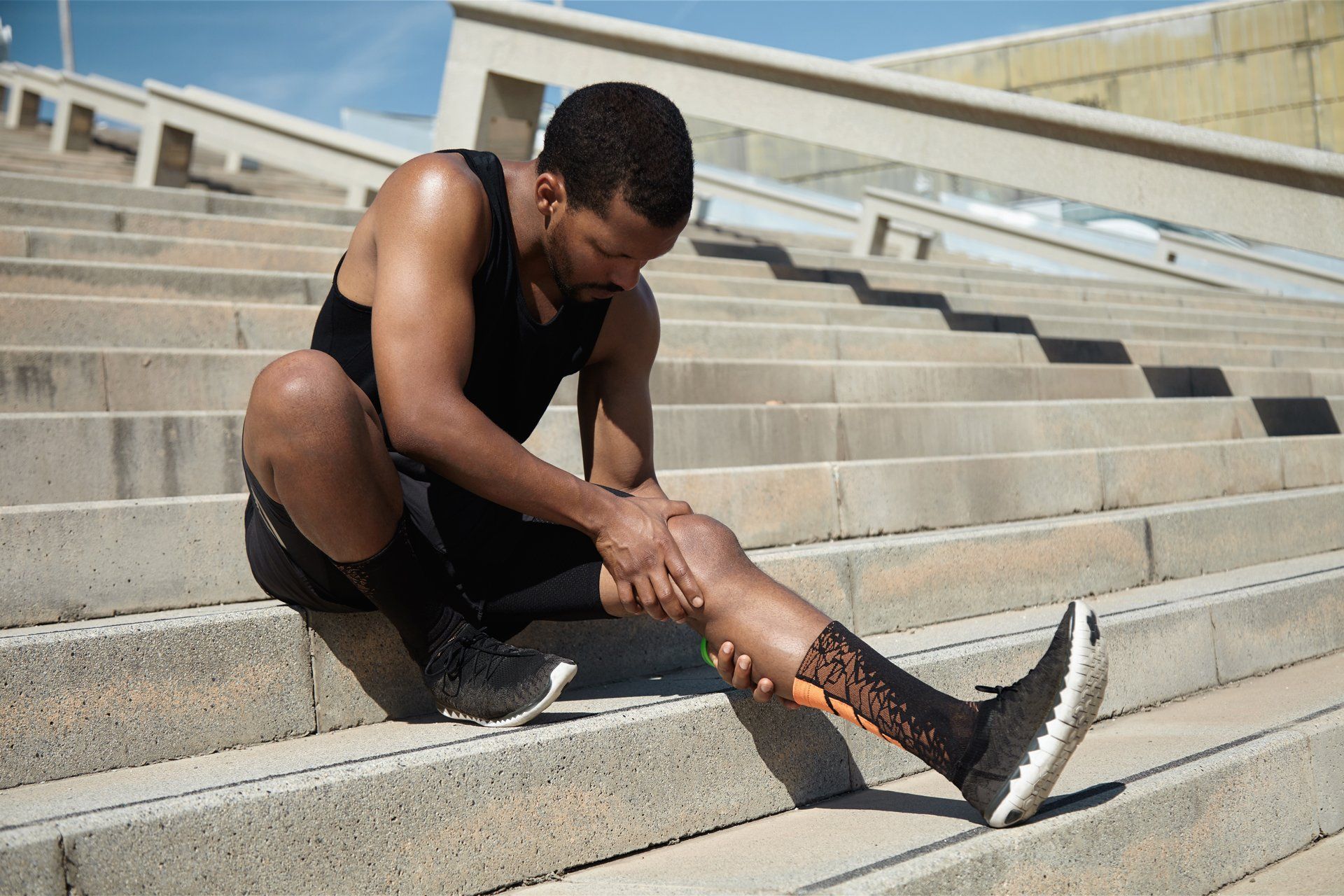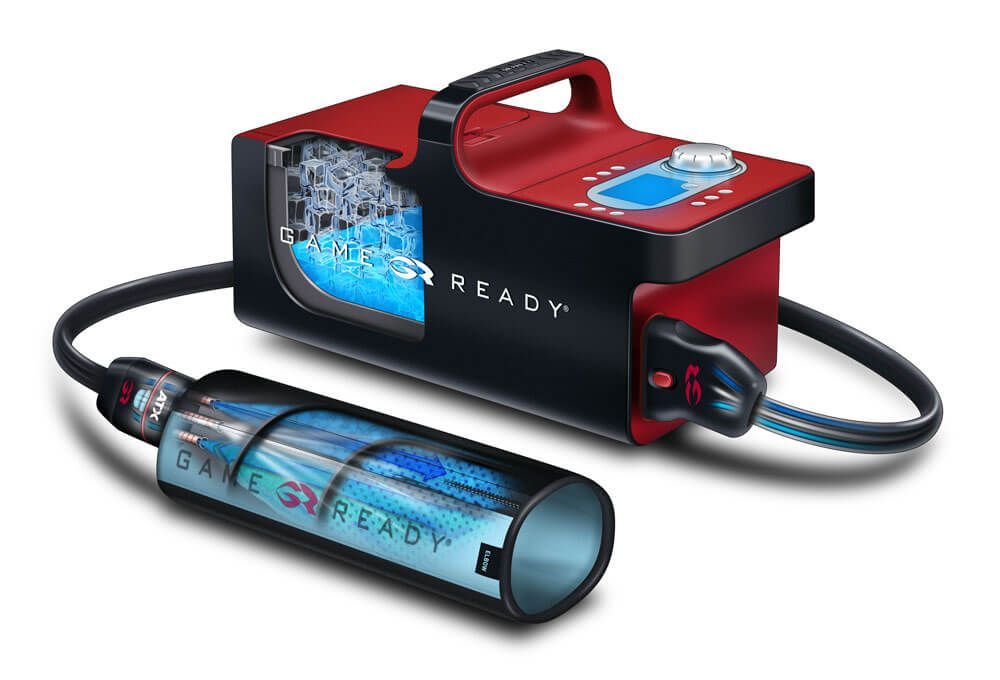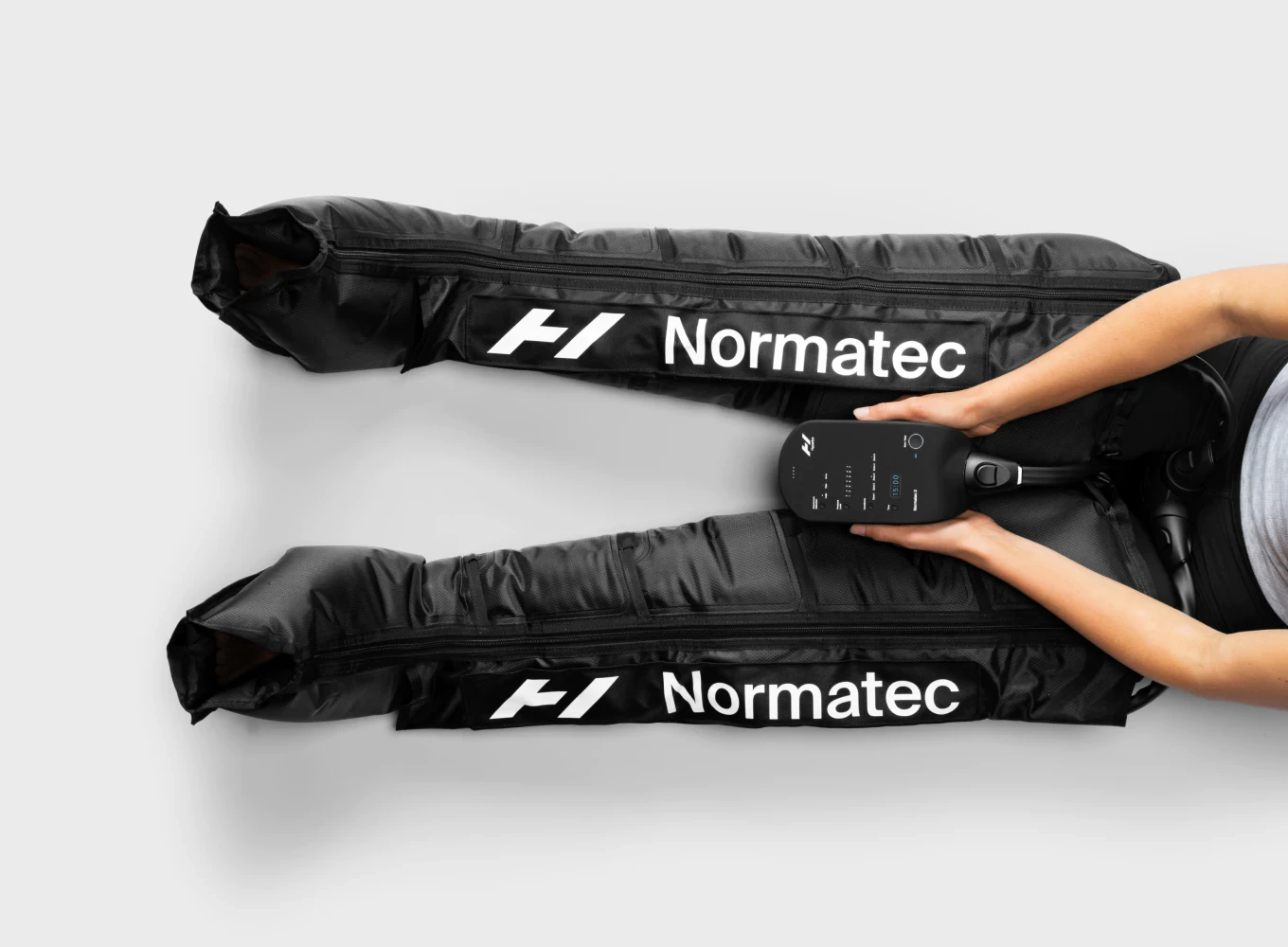Why does my knee hurt when I run?
Chelmsford Physio • May 27, 2025
Whether you are a seasoned runner, or new to the sport, knee pain is common and should not be the reason you stop running forever. Despite popular belief, running does not appear to be bad for your knees studies would suggest, in fact, recreational running can be really positive for joint health, for many different reasons.There are so many different reasons you can get pain when running, but we will focus on patellofemoral joint pain for this article.
The patellofemoral joint is the joint in which the knee cap (patella) joins to the thigh bone (femur). When the quads are relaxed, you can wobble your knee cap about as it sits above the joint, but when you contract your quads, the knee cap is stabilised by both the muscles and the joint itself. This joint allows the force of the quads to be transferred to the shin bone (tibia) and therefore strighten the knee. The patella sort of works as the fulcrum, a bit like a see saw.
As you run, you repeatedly straighten the knee, which puts pressure through the underside of the knee cap and into the femur. This is normal, and what it is designed to do. But sometimes the back of the knee cap can become irritated, and this is patellofemoral pain.
Patellofemoral pain is usually not a ‘damage’ to the joint, but more of an overload of a structually sound kneecap, so surgical intervention is not usually indicated and will normally resolve with physiotherapy, although it can take a long while to get better with a structured rehab program, expectations here are key!
So why does it occur? Well, there are many different reasons, but these can be categorised into 2 types:
1) Increased load – this is that you put more pressure through the joint than it is used to. So could be because of increased mileage, increased speed, more hills or more sessions a week.
2) Decreased capacity – the health of our tissues vary dependent on some internal factors too. For example, the amount of sleep you have had, your nutrition/hydration, levels of stress, decreased support from the quads to support the knee, feeling unwell or a reduced strength due to recent inactivity.
Symptoms of patellofemoral joint pain
Pain in patellofemoral joint pain tends to be located on the front of the knee, although it is usually really difficult to poke. So it can be frustrating to try to describe where the symptoms are, are usually feel they are "inside the knee somewhere".
Pain is usually worse going down stairs rather than up and tends to come on while running and gradually get worse the further you run.
Pain that may get worse after prolonged periods standing, running or engaging in other impact sport. In the most severe cases everyday activities such as using the stairs and kneeling can be very painful.
Crunching, clicking or a grating sensation that you can feel and/or hear in your knee. It may get worse when you bend or straighten your knee. This is normal but can be concerning for some patients.
How do I resolve my patellofemoral pain?
Well, obviously this sort of depends on what the initial cause was! Usually though the first thing to do is decrease (not stop!) the amount of load going through the knee. This could be by adjusting the way you run, or adjusting the amount of exercise/running your currently doing. Effectively, try not to do exercise that makes your pain go above 3/10 during or after. It’s also often a good idea to begin exercises for the gluteal muscles and the quads, initially simple things that don’t cause pain like straight leg raises and side lying abductions. These will tend to be comfortable but would also need to be progressed towards squatting and lunging style exercises as able.
Essentially the aim is to offload the knee a little to settle the pain, and then build up the amount of pressure through the knee gradually again with exercise and a graded running plan.
So initially, try to reduce the aggravating factors and start some quad and glute exercises to see how these go and if still struggling give us a call.
Jon McComish PGc BSc (Hons)
Clinic Director & Chartered Physiotherapist
Chelmsford Physio
Riverside Leisure Centre, Victoria Rd, Chelmsford CM1 1FG





